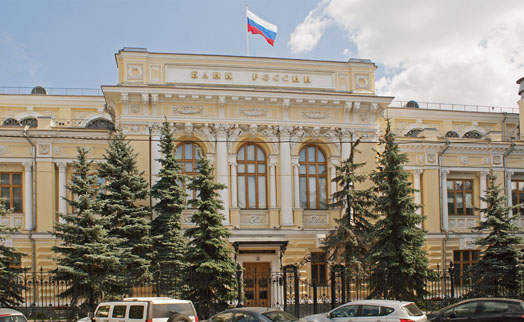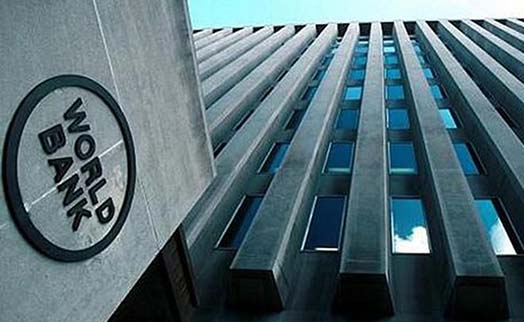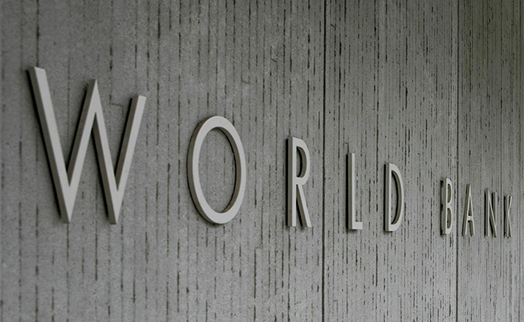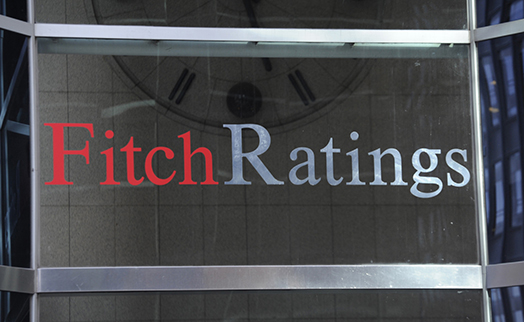15.01.2014 18:09

YEREVAN, January 15. / ARKA /. Economic activity strengthened in the Europe and Central Asia region in 2013 supported by strengthening external demand, according to the World Bank Global economic Prospects report . It says the return to growth in the Euro Area in the second quarter of 2013 supported real side activity in the region, particularly in the Central and Eastern European countries, due to strong trade linkages. In Turkey, buoyant domestic demand underpinned acceleration in growth to 4.3 percent in 2013 from 2.2 percent in 2012.
According to the report, performance among the Commonwealth of Independent States (CIS) has been mixed. Among energy- exporting countries (Azerbaijan, Kazakhstan, and Uzbekistan), activity has remained strong, reflecting relative strength in energy-related commodity prices, expansion of production in extractive sectors, and robust growth in domestic demand.
In contrast, among non-energy exporters, weaknesses in key commodity prices cut into incomes and activity, with Belarus, Kyrgyz Republic and Ukraine experiencing the most negative terms of trade impacts.
Capital inflows to the region began strong, but weakened after the US tapering announcement in the mid-year and heightened volatility thereafter, resulting in a slight decline of 1.6 percent year-on-year to $119.3 billion in 2013. Across the region, the banking sector remains weak, saddled with overhang of nonperforming loans (e.g., Albania, Bulgaria, Kazakhstan, Romania, and Serbia).
The reports say the overall outlook for the region is positive, with expected modest recovery in 2014-16. However, the outlook remains divergent across countries as they face a different mix of external developments, domestic policies, and structural challenges. The pick-up in activity will be most marked in the Central and Eastern European economies, where there is currently the most spare capacity.
Despite stronger growth, domestic demand, is expected to remain sluggish due to ongoing banking-sector restructuring and tighter international financial conditions, which will weigh on investment and consumer demand. Ongoing or planned fiscal consolidation in some countries (e.g. Albania, Macedonia and Serbia), will also serve to partly offset the growth impetus from stronger exports.
Growth in Turkey is expected to stabilize around its potential rate of about 3.9 percent over the 2014-16 period – well below its pre-crisis rate of 6.8 percent (2002-2007 average). As a significant beneficiary of international capital flows in recent years, Turkey will be most affected by the tighter global financial markets. In the resource-rich CIS, growth is expected to pick up on the back of the global recovery, which should be supportive of increased energy and export demand.
Oil prices are projected to remain stable in nominal terms through 2014 before declining
marginally in 2015 and 2016. In non-energy producing CIS, growth will be supported by a pick-up in remittances and exports as the global economy strengthens, although weaker non-energy commodity prices are likely to weigh on export revenues and government spending.
While the baseline forecast remains the most likely outcome, the region’s outlook is subject to several downside risks. Protracted recovery in the Euro Area is a key downside risk, especially for countries with stronger trade and financial links with the area. In addition, a sharper-than-expected slowdown in Russia would weaken the growth outlook for many CIS, especially those that are heavily dependent on Russia for import demand, remittance flows, and foreign investment (e.g., Armenia, the Kyrgyz Republic, Moldova, Tajikistan, and Uzbekistan).
Tighter global financial conditions and a disorderly adjustment to higher global interest rates could pose a challenge, particularly for countries with weak banking sectors, high current account deficits financed by portfolio inflows, and high levels of private external debt. Slower-than-projected growth in China could slow global growth by as much as 0.3 percent and with more marked effects on regional industrial commodity producers (e.g. Belarus and Ukraine). M.M.-0-
Read the news first and discuss them in our Telegram
Tags:





























